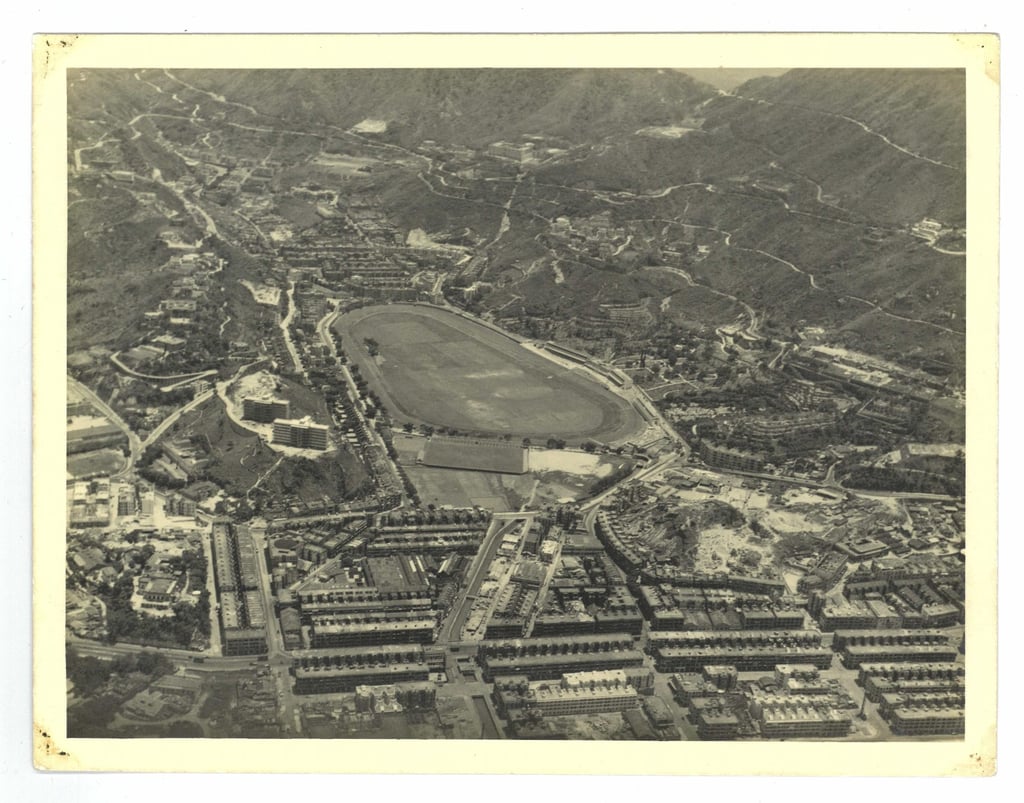The little-known history of one of Hong Kong’s oldest districts, Happy Valley
Tai Kwun’s new exhibition unveils tales of ecology, history, religion and high stakes in one of Hong Kong’s oldest neighbourhoods

The painting, rendered in successive dabs of watercolour, is utopian at first glance. A column of troops, clad in bright ceremonial colours, crests a ridge in orderly rows. Before them, a bucolic landscape unfolds: a plain quilted with rice paddies, bisected by a brook, a hamlet visible in the far distance, all enclosed by wooded mountains. But upon closer inspection, all is not as it seems. At the head of the column is a coffin belonging to a British navy commander and draped in the British ensign. The troop, in reality, is sending their leader to his final resting place. Scrawled on the bottom of the frame is “Wong Nai Chung, or the Happy Valley”.
Painted in 1841 – the year Hong Kong became a British colony – this tableau is an early illustration of life and death in one of the city’s oldest neighbourhoods, which is the subject of Tai Kwun’s newest exhibition, “Happy Valley: A Cultural Landscape”.

“Happy Valley is deeply connected to Hong Kong’s history; it serves as a repository of many historical elements,” says Dr Anita Chung, head of heritage at Tai Kwun and curator of the exhibition. “Research shows that as early as the 17th century, during the Ming dynasty, a village was already established there, but our exhibition relates significantly to the arrival of Europeans, specifically the British, who came to establish law and order. The history of Happy Valley reflects this arrival and how it changed over time.”
Over two floors, the exhibition explores how Happy Valley’s unique geography and environment have influenced its inhabitants over the ages, and vice versa. Chung and the curatorial team took an anthropological approach to studying the daily rhythms of the neighbourhood, delving into the evolution of Happy Valley’s cultural tapestry and addressing milestones such as watercourse diversion and land reclamation, to discover how the area has evolved.

Visitors are taken on a journey from early agricultural practices in Wong Nai Chung through to modern urbanisation and infrastructure development. It is through these narratives that we learn about the ongoing challenges related to public health, environmental well-being and climate change – issues that resonate on a global level today.
“Examining Happy Valley’s development from a native village where people grew rice through periods affected by malaria reveals parallels with today’s world – especially considering our recent experience with Covid-19,” says Chung. “We also discovered that because of its abundant water supply, public health concerns necessitated draining the valley and creating water management infrastructure. This represents humanity’s taming of nature while also highlighting challenges like typhoon flooding – issues exacerbated by climate change.”